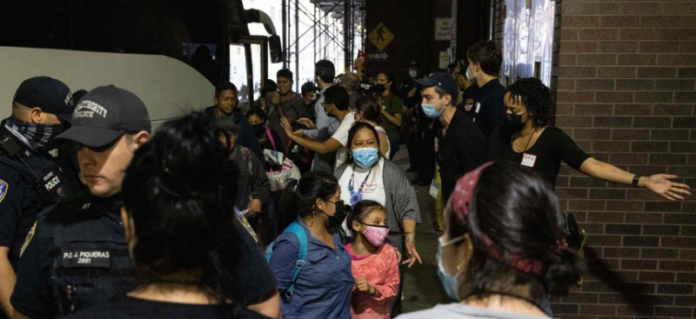Abstract
-
New York City is currently housing more asylum seekers than homeless residents.
-
The city’s shelter system has doubled in size due to the influx of migrants, primarily from Latin American countries.
-
The cost of sheltering asylum seekers, who often can’t pay for basic necessities, is expected to reach $4.3 billion by next spring.
NYC Shelters More Asylum Seekers Than Homeless Residents Amid Migrant Crisis
In a significant turn of events, New York City is now housing more asylum seekers in city shelters than homeless New Yorkers. The city’s shelter system has essentially doubled in size due to an influx of migrants, primarily from Latin American countries including Venezuela, Ecuador, and Colombia. This development marks a new milestone in NYC’s ongoing migrant crisis.
The Cost of Sheltering Asylum Seekers
Sheltering asylum seekers is more expensive than housing homeless residents. Many asylum seekers lack work permits and cannot pay for basic necessities. Unlike citizens, they are not entitled to all the same public assistance benefits. Furthermore, the city is not receiving its usual share of shelter costs from the state and federal governments for migrants.
The Human and Financial Toll
The city’s Deputy Mayor, Anne Williams-Isom, expressed concern over the financial and human costs of the situation. The city anticipates a $4.3 billion cost through next spring. Additionally, staff assisting asylum seekers are working 12-hour shifts without relief, leading to exhaustion.
Rerouting Asylum Seekers
City officials are helping to reroute a significant number of asylum seekers to other destinations. They are setting aside rooms at the Roosevelt where migrants can stay short term while they make arrangements. However, the city is still seeing an average of 400 incoming asylum seekers daily.
Conclusion
New York City’s migrant crisis has reached a new milestone, with more asylum seekers living in city shelters than homeless New Yorkers. The situation is causing financial strain and staff exhaustion, highlighting the urgent need for sustainable solutions.









